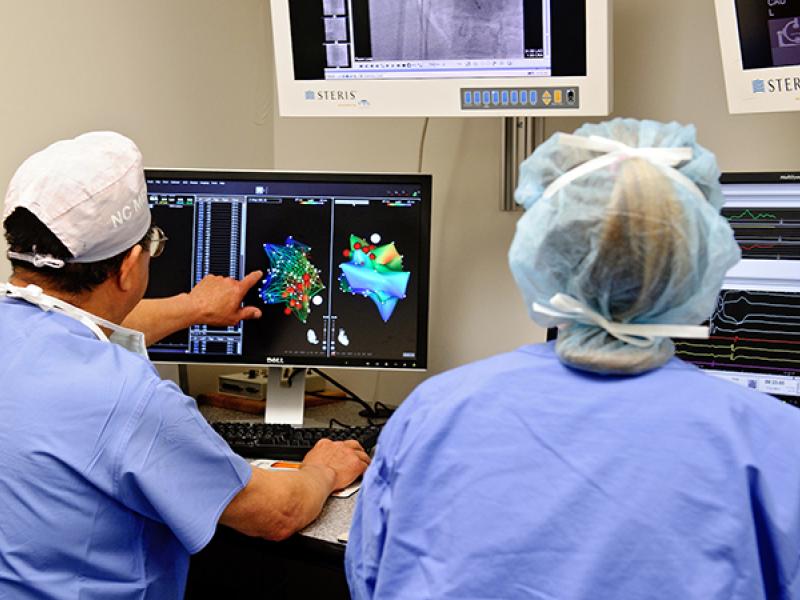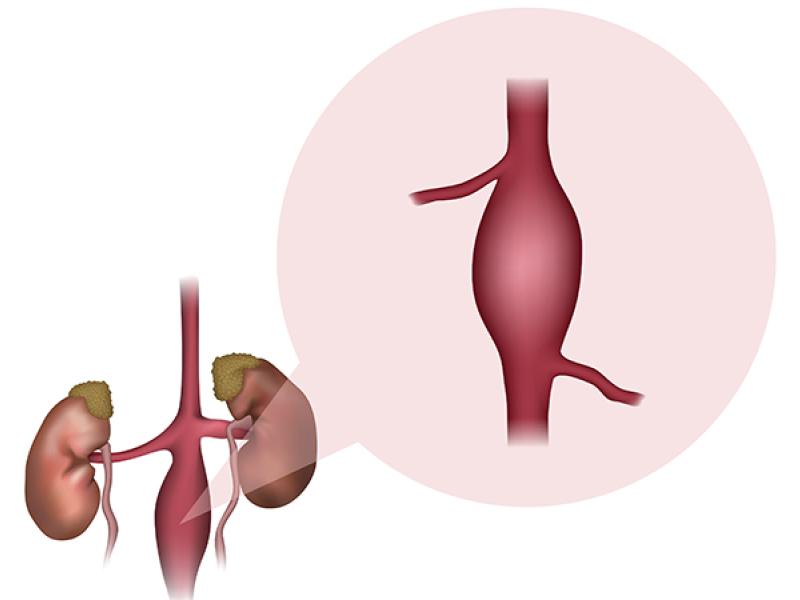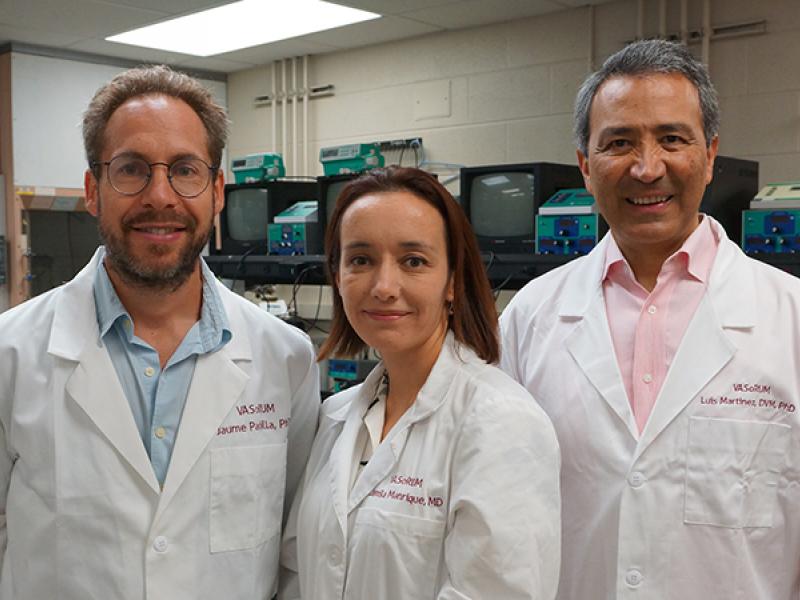This is a combined rotation of Graphics and Cardiac Rehabilitation for 1st year fellows to introduce the fellows to the needed skills that will be attained experientially throughout the fellowship across several rotations (e.g., nuclear cardiology, echocardiography, EP, etc.).
Rotation leader
Dr. Mary L. Dohrmann
Graphics
The goal of this rotation is to acquire sufficient foundational knowledge to meet the ACGME training requirements in electrocardiography (ECG), ambulatory ECG (Holter/event monitoring), and exercise testing that will be attained throughout the fellowship. During the course of the 3-year fellowship the ACGME recommends a minimum 3000 - 3500 ECGs, 100 - 200 ambulatory monitors, 200 - 300 stress tests (including exercise stress, pharmacologic stress, with and without associated imaging (echo or nuclear imaging), CPX, arrhythmia assessment). The fellow meets these goals through multiple rotations at both MUHC and VA.
Setting
The non-invasive cardiac testing lab is located in University Hospital Rm 1E66.
Rotation
The fellow will meet daily with the exercise physiology technician and the attending. The fellow will be immediately available when exercise physiologist is performing an exercise stress test.
In addition, ECGs, including ambulatory ECGs, are available for review in the fellow’s reading room.
Fellow responsibilities for graphics
- Fellow will preliminarily interpret at least 50 ECGs daily in the electronic ECG management system.
- Fellow will preliminarily interpret all MU ambulatory ECGs during the rotation. A worksheet is provided for interpretation to assure use of standard terminology.
- Fellow will discern at least one ECG of educational interest for challenging other fellows’ interpretation skills.
- Fellow will be immediately available when the exercise technologist is performing an exercise stress test.
- Fellow will preliminarily interpret all exercise stress tests performed daily.
Attending responsibilities for graphics
- The attending will meet with the fellow on a daily basis to review preliminary interpretations and to discuss reading assignments.
Cardiac rehabilitation (CR)
The goal of the rotation is to provide the fellow with instruction and clinical experience in cardiovascular rehabilitation. At the end of the rotation the fellow will be knowledgeable in the following areas:
- Acquire knowledge about prevention and rehabilitation of cardiovascular disease, including coronary disease, valvular disease, congestive heart failure, peripheral vascular disease
- Recognize indications for CR
- Components of CR Phases 1, 2, 3, and 4
- Learn the basics of exercise physiology as it relates to CR
- Understand elements of an individualized treatment plan
- Understand the benefit of addressing modifiable risk factors
- Develop an understanding of psychosocial assessment, nutritional counselling, and smoking cessation counselling during CR.
- Learn standards for certification of a cardiac rehabilitation and secondary prevention program by the American Association of Cardiovascular and Pulmonary Rehabilitation (AACVPR)
- Standards for certification for Chest Pain Center
- Documentation requirements for CMS and AACVPR
- Reimbursement requirements for CMS
- Role of the medical director in cardiac rehabilitation program, including staff relations, program development, and safety considerations
Setting
Fit for Life (CR), located in GL-20 of the University of Missouri Health Care, offers the following programs:
- Cardiac rehabilitation (medical management of angina pectoris, post-MI, post-CABG, post-PCI, post-valvular surgery, post-cardiac transplantation)
- Heart failure rehabilitation
- Pulmonary rehabilitation
- Peripheral Artery Disease Rehabilitation
- Freedom from Smoking
Rotation
Basic
All fellows in cardiology will rotate through Fit for Life half day per week during the combined Graphics and Cardiac Rehabilitation rotation.
Elective
Fellows may elect an additional month rotation in Fit for Life. An individual program of study will be coordinated with the supervisor and medical director of Fit for Life at least one month in advance of this elective.
Fellow responsibilities during CR
The fellow will meet with the attending daily. During the rotation the fellow will participate in the following:
- New patient intake (including pre-test, six-minute walk test, screening examination, and planning rehabilitation program)
- Inpatient rehabilitation consultation rounds
- Exercise with patients in phase 2 and 3 rehabilitation
- Patient education programs (e.g., smoking cessation counselling)
- Read the recommended chapters provided in the Fit for Life resource library
Attending responsibilities for CR
- Meet with the fellow daily.
- Discuss knowledge gleaned from reading assignments.
- Discuss individual treatment plans for participants of CR.





